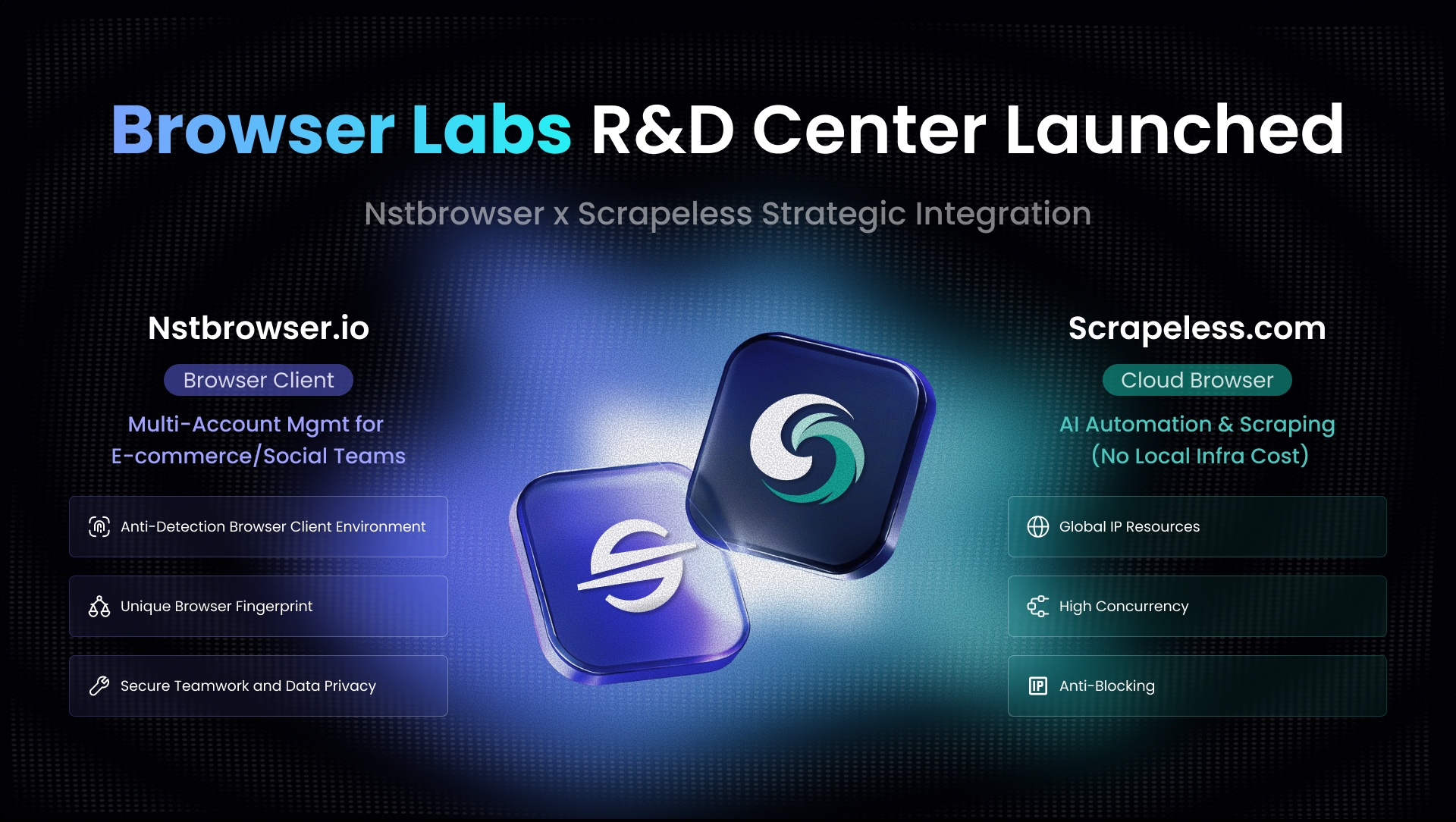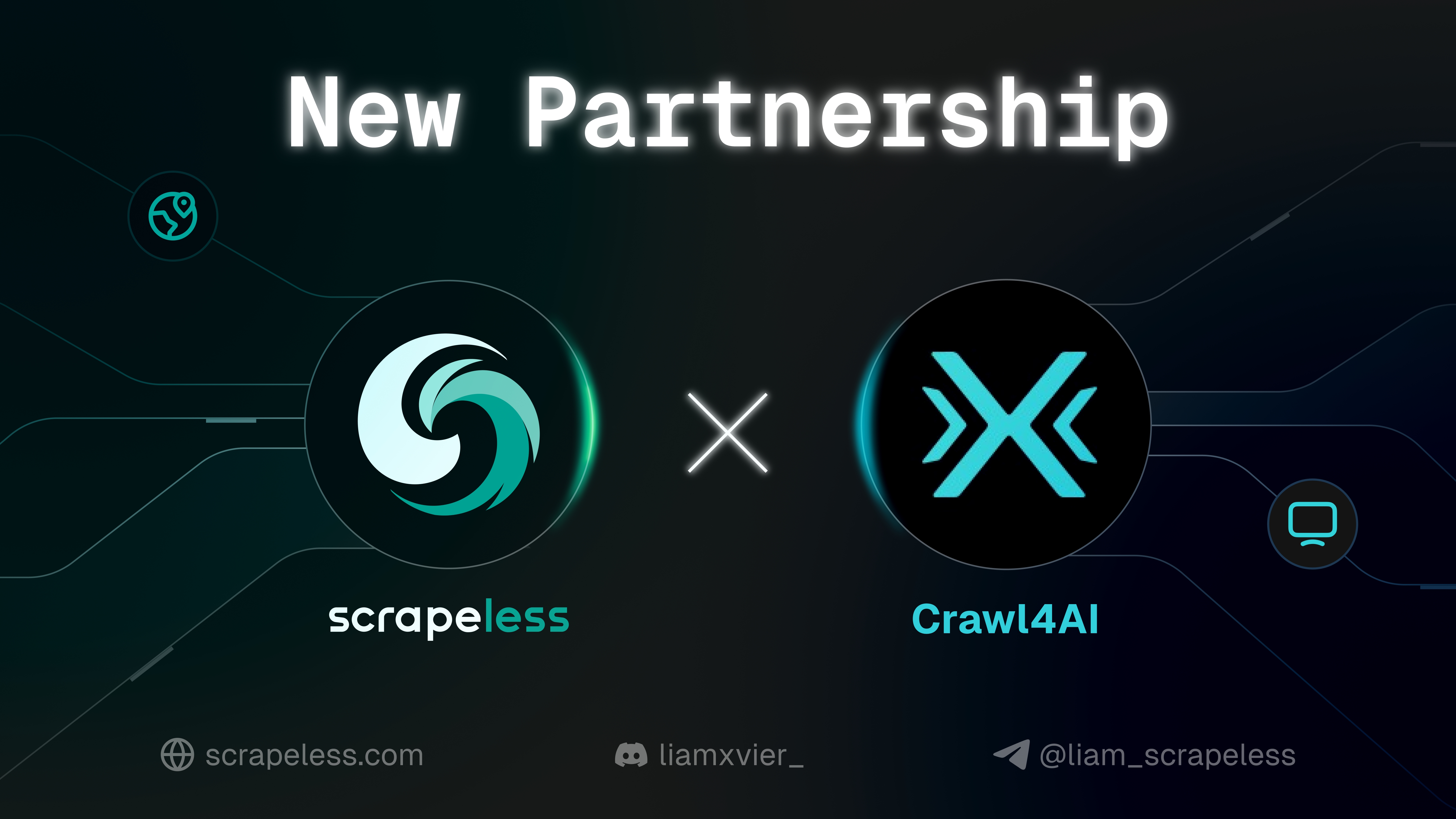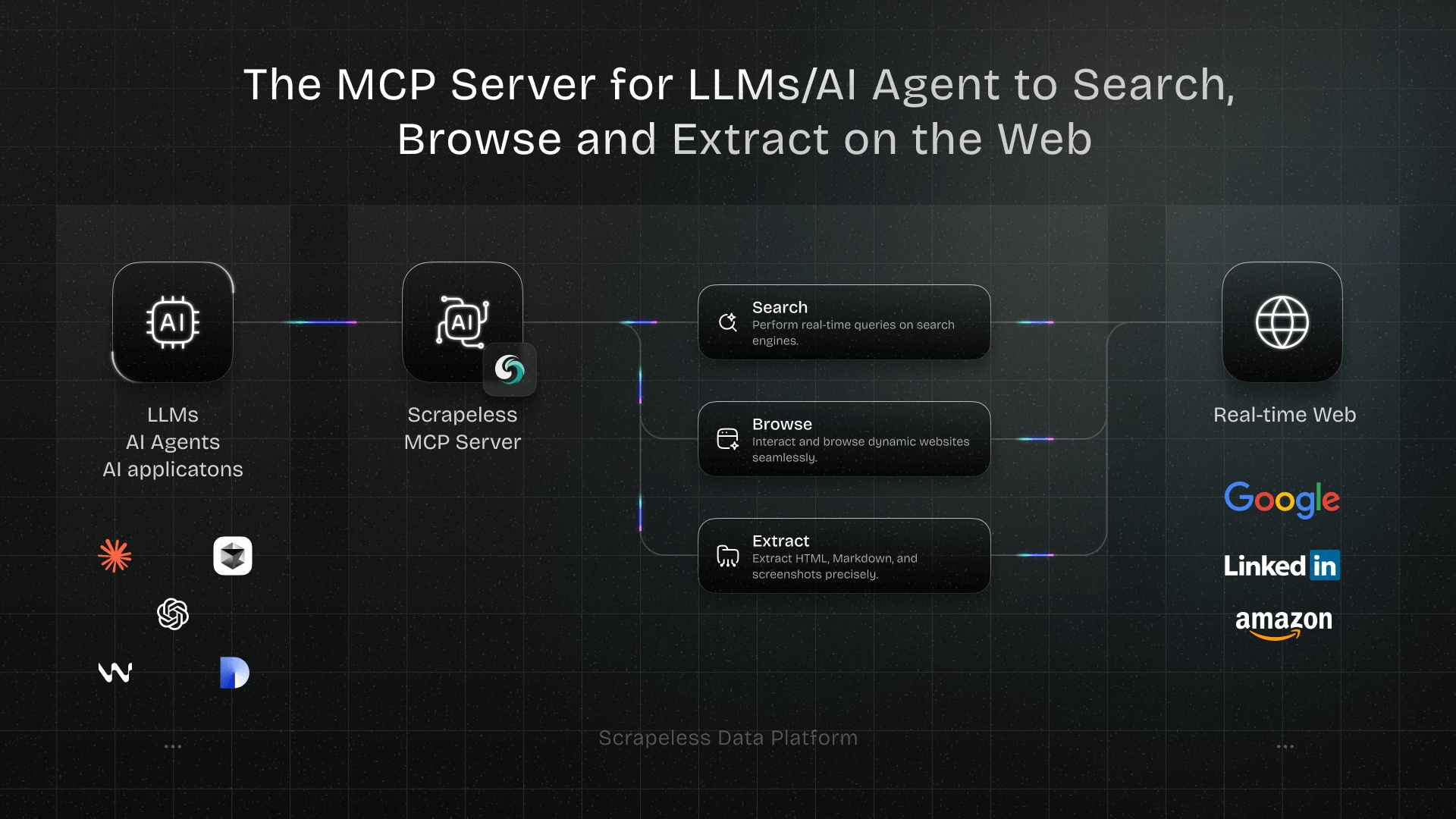Error 1015: How to Solve Rate Limiting from Cloudflare When Web Scraping
Expert Network Defense Engineer
Key Takeaways
- Cloudflare Error 1015 occurs when a website detects excessive requests from a single IP address within a short timeframe, triggering rate limiting.
- Common causes include rapid request sequences, shared IP addresses, and automated scraping tools that don't mimic human behavior.
- Effective solutions involve using rotating proxies, introducing random delays, and leveraging web scraping APIs to manage request patterns and avoid detection.
- Scrapeless offers a comprehensive solution by handling proxy rotation, header management, and CAPTCHA solving, ensuring uninterrupted data extraction.
Introduction
Encountering Cloudflare Error 1015—"You are being rate limited"—is a common hurdle for web scrapers. This error signifies that your scraping activities have triggered Cloudflare's rate-limiting mechanisms, often due to sending too many requests in a short period. While adjusting request patterns can mitigate this issue, utilizing specialized tools like Scrapeless can provide a more robust and scalable solution.
Understanding Cloudflare Error 1015
Cloudflare's Error 1015 is a rate-limiting response indicating that a user has exceeded the allowed number of requests within a specified timeframe. This measure is implemented to prevent abuse and ensure fair usage of resources. Web scrapers often encounter this error when their automated requests resemble patterns of bot activity, prompting Cloudflare to impose restrictions.
10 Effective Solutions to Bypass Error 1015
1. Implement Random Delays Between Requests
Introducing random intervals between requests can mimic human browsing behavior, reducing the likelihood of triggering rate limits.
Python Example:
python
import time
import random
import requests
urls = ["https://example.com/page1", "https://example.com/page2", "https://example.com/page3"]
for url in urls:
response = requests.get(url)
print(response.status_code)
time.sleep(random.uniform(5, 10)) # Random delay between 5 to 10 seconds2. Rotate Proxies to Distribute Requests
Using a pool of proxies ensures that requests are distributed across multiple IP addresses, preventing any single IP from exceeding rate limits.
Python Example with Proxy Rotation:
python
import requests
from itertools import cycle
proxies = cycle([
{"http": "http://proxy1.com", "https": "https://proxy1.com"},
{"http": "http://proxy2.com", "https": "https://proxy2.com"},
{"http": "http://proxy3.com", "https": "https://proxy3.com"}
])
urls = ["https://example.com/page1", "https://example.com/page2", "https://example.com/page3"]
for url in urls:
proxy = next(proxies)
response = requests.get(url, proxies=proxy)
print(response.status_code)3. Utilize Web Scraping APIs
Web scraping APIs handle the complexities of rate limiting, CAPTCHA solving, and proxy management, allowing you to focus on data extraction.
Example:
python
import requests
api_url = "https://api.scrapeless.com/scrape"
params = {
"url": "https://example.com",
"headers": {"User-Agent": "Mozilla/5.0"}
}
response = requests.get(api_url, params=params)
print(response.text)4. Rotate User-Agent Headers
Changing the User-Agent header with each request can prevent detection by Cloudflare's bot protection systems.
Python Example:
python
import requests
from random import choice
user_agents = [
"Mozilla/5.0 (Windows NT 10.0; Win64; x64) AppleWebKit/537.36 (KHTML, like Gecko) Chrome/91.0.4472.124 Safari/537.36",
"Mozilla/5.0 (Windows NT 10.0; Win64; x64) AppleWebKit/537.36 (KHTML, like Gecko) Firefox/89.0 Safari/537.36",
"Mozilla/5.0 (Windows NT 10.0; Win64; x64) AppleWebKit/537.36 (KHTML, like Gecko) Edge/91.0.864.59 Safari/537.36"
]
headers = {"User-Agent": choice(user_agents)}
response = requests.get("https://example.com", headers=headers)
print(response.status_code)5. Use Headless Browsers with Anti-Detection Features
Tools like Puppeteer and Selenium can simulate human browsing behavior, reducing the chances of triggering rate limits.
Example with Puppeteer:
javascript
const puppeteer = require('puppeteer');
(async () => {
const browser = await puppeteer.launch({ headless: true });
const page = await browser.newPage();
await page.setUserAgent('Mozilla/5.0 (Windows NT 10.0; Win64; x64) AppleWebKit/537.36 (KHTML, like Gecko) Chrome/91.0.4472.124 Safari/537.36');
await page.goto('https://example.com');
await browser.close();
})();6. Implement CAPTCHA Solvers
Integrating CAPTCHA-solving services can help bypass challenges presented by Cloudflare's security measures.
Example:
python
import requests
captcha_solver_api = "https://api.captchasolver.com/solve"
captcha_image_url = "https://example.com/captcha.jpg"
response = requests.get(captcha_solver_api, params={"image_url": captcha_image_url})
captcha_solution = response.json().get("solution")
print(captcha_solution)7. Respect Robots.txt and Rate-Limiting Policies
Adhering to a website's robots.txt file and respecting its rate-limiting policies can prevent your IP from being flagged.
Example:
python
import requests
robots_url = "https://example.com/robots.txt"
response = requests.get(robots_url)
print(response.text)8. Monitor and Adjust Request Patterns
Regularly analyzing your request patterns and adjusting them can help in staying within acceptable limits.
Example:
python
import time
start_time = time.time()
requests_sent = 0
while time.time() - start_time < 3600: # Monitor for 1 hour
# Send request
requests_sent += 1
if requests_sent > 1000: # Adjust limit as necessary
time.sleep(60) # Pause for 1 minute9. Use Residential Proxies
Residential proxies are less likely to be flagged by Cloudflare compared to data center proxies.
Example:
python
import requests
proxy = {"http": "http://residential_proxy.com", "https": "https://residential_proxy.com"}
response = requests.get("https://example.com", proxies=proxy)
print(response.status_code)10. Implement IP Rotation Strategies
Regularly changing your IP address can prevent rate limits from being applied to a single IP.
Example:
python
import requests
ip_addresses = ["http://ip1.com", "http://ip2.com", "http://ip3.com"]
for ip in ip_addresses:
proxy = {"http": ip, "https": ip}
response = requests.get("https://example.com", proxies=proxy)
print(response.status_code)Why Choose Scrapeless?
While the above methods can help mitigate Cloudflare's rate-limiting, they often require manual configuration and ongoing maintenance. Scrapeless offers an automated solution that handles proxy rotation, header management, CAPTCHA solving, and more, ensuring seamless and uninterrupted web scraping. By leveraging Scrapeless, you can focus on data extraction without worrying about rate limits or security measures.
Conclusion
Cloudflare's Error 1015 can be a significant obstacle for web scrapers, but with the right strategies and tools, it can be effectively bypassed. Implementing techniques like random delays, proxy rotation, and utilizing web scraping APIs can help in staying within acceptable request limits. For a more streamlined and efficient solution, Scrapeless provides a comprehensive platform that automates these processes, allowing you to focus on extracting valuable data.
Frequently Asked Questions (FAQ)
Q1: How long does Cloudflare's Error 1015 last?
The duration of Error 1015 varies based on the website's settings. It can last anywhere from a few minutes to several hours. Repeated violations may lead to longer blocks.
Q2: Can using a VPN help bypass Error 1015?
Yes, using a VPN can change your IP address, potentially bypassing rate limits. However, some websites may detect and block VPN traffic.
Q3: Is it legal to bypass Cloudflare's rate limiting?
Bypassing rate limits can violate a website's terms of service. It's essential to review and comply with the website's policies before attempting to bypass any security measures.
Q4: What is the difference between Error 1015 and Error 429?
Error 1015 is specific to Cloudflare's rate limiting, while Error 429 is a general HTTP status code indicating too many requests.
At Scrapeless, we only access publicly available data while strictly complying with applicable laws, regulations, and website privacy policies. The content in this blog is for demonstration purposes only and does not involve any illegal or infringing activities. We make no guarantees and disclaim all liability for the use of information from this blog or third-party links. Before engaging in any scraping activities, consult your legal advisor and review the target website's terms of service or obtain the necessary permissions.



